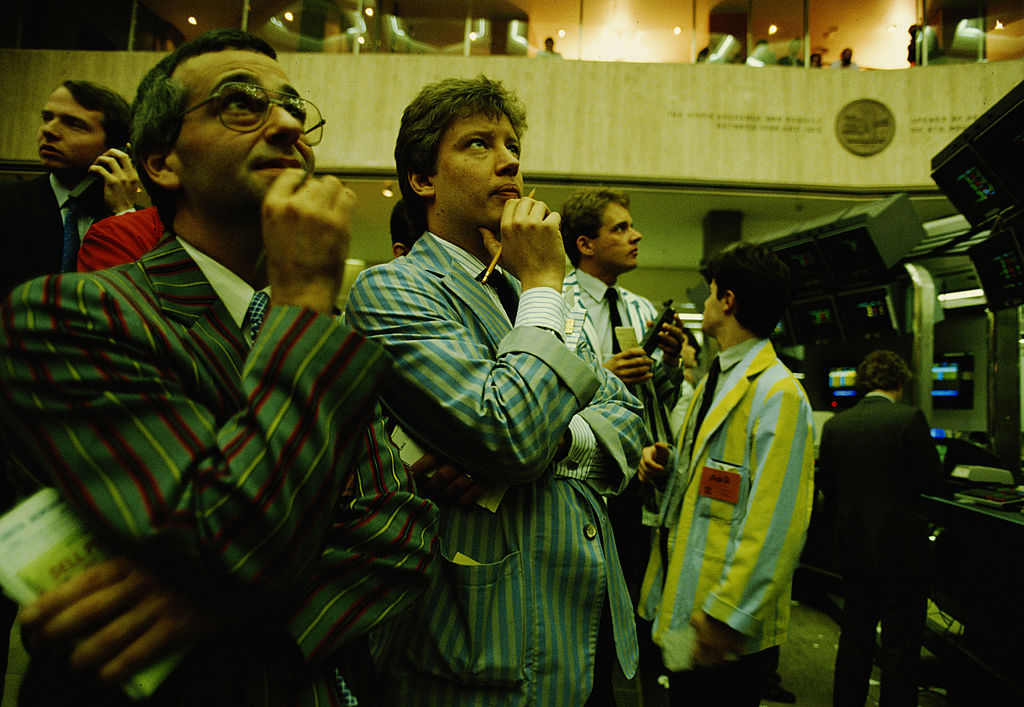Drone company Red Cat Holdings sees shares tumble
Red Cat, the unprofitable and inefficient US drone manufacturer is set to slide


One of the key developments in military technology in recent years has been the rapid rise of unmanned aerial vehicles, or drones. Their major advantage is that they allow military forces to carry out attacks and survey the battlefield without either directly risking soldiers’ lives or expensive aircraft.
While drones are not a new technology, they used to be so large and expensive that their use was limited. Over the years they have become much cheaper and smaller, a development that has made them a major part of any modern army’s equipment.
However, as with any form of technology, the rise of drones has led to the creation of a large number of companies trying to cash in on the boom in demand. Inevitably some of these lack the financial acumen or the engineering know-how to achieve their ambitions.
MoneyWeek
Subscribe to MoneyWeek today and get your first six magazine issues absolutely FREE

Sign up to Money Morning
Don't miss the latest investment and personal finances news, market analysis, plus money-saving tips with our free twice-daily newsletter
Don't miss the latest investment and personal finances news, market analysis, plus money-saving tips with our free twice-daily newsletter
A case in point is drone manufacturer Red Cat Holdings (Nasdaq: RCAT), which aims to make drones for the US military, as well as for other purposes, such as carrying out safety checks in places where it would be dangerous for people to go.
Has Red Cat jumped the gun?
At the end of last year, Red Cat’s shares more than quadrupled on the news that it had won a competition to supply one of its drones to the US Army. The hope was that this would bring in a large amount of revenue and potentially open the door to contracts with other forces. However, as Kerrisdale Capital point out, there are two problems with this optimistic scenario.
Firstly, the contract, which has yet to be agreed, is likely to be much smaller than the company projects. Demand from the Army (or other US government agencies, such as the Department of the Interior) for the type of drone that Red Cat is selling is likely to be very limited. A bigger long-term problem for Red Cat is that the market for drones is becoming extremely competitive, with a large number of firms keen to grab a share. This has caused the price of drones to start falling.
Several established companies are offering similar drones to those produced by Red Cat for a much lower price. Finally, even if Red Cat did win a large contract, it is an open question as to whether they could fulfil it. This is because the company’s attempts to ramp up production over the past few years have been bedevilled by numerous delays and missed targets, while it has also lost money every year for the last six years.
There is evidence that the hype surrounding Red Cat is already starting to fade away, as its share price has fallen by around 40% from its peak at the start of this year, and it is trading well below its 50-day moving average. As a result, I suggest shorting it at the current price of $8.92 at £150 per $1. In that case, cover your position at $14.92, which would leave you with a total downside of £900.
This article was first published in MoneyWeek's magazine. Enjoy exclusive early access to news, opinion and analysis from our team of financial experts with a MoneyWeek subscription.
Get the latest financial news, insights and expert analysis from our award-winning MoneyWeek team, to help you understand what really matters when it comes to your finances.

-
 Will HMRC block money market funds from the stocks and shares ISA allowance?
Will HMRC block money market funds from the stocks and shares ISA allowance?Cautious investors looking for cash-like returns could be prohibited from using money market funds in a stocks and shares ISA under new ISA rules from HMRC. What could it mean for you?
-
 Nationwide: House price growth slows but market remained resilient despite Budget worries
Nationwide: House price growth slows but market remained resilient despite Budget worriesThe average price of a house in the UK was £272,998 in November, as annual house price growth slowed to just 1.8%, Nationwide said.
-
 Big Short investor Michael Burry closes hedge fund Scion Capital
Big Short investor Michael Burry closes hedge fund Scion CapitalProfile Michael Burry rightly bet against the US mortgage market before the 2008 crisis. Now he is worried about the AI boom
-
 The global defence boom has moved beyond Europe – here’s how to profit
The global defence boom has moved beyond Europe – here’s how to profitOpinion Tom Bailey, head of research for the Future of Defence Indo-Pac ex-China UCITS ETF, picks three defence stocks where he'd put his money
-
 Profit from a return to the office with Workspace
Profit from a return to the office with WorkspaceWorkspace is an unloved play on the real estate investment trust sector as demand for flexible office space rises
-
 New frontiers: the future of cybersecurity and how to invest
New frontiers: the future of cybersecurity and how to investMatthew Partridge reviews the key trends in the cybersecurity sector and how to profit
-
 An “existential crisis” for investment trusts? We’ve heard it all before in the 70s
An “existential crisis” for investment trusts? We’ve heard it all before in the 70sOpinion Those fearing for the future of investment trusts should remember what happened 50 years ago, says Max King
-
 8 of the best properties for sale with wildlife ponds
8 of the best properties for sale with wildlife pondsThe best properties for sale with wildlife ponds – from a 16th-century house in the Ashdown Forest, to a property on Pembrokeshire’s Preseli Hills
-
 Why a copper crunch is looming
Why a copper crunch is loomingMiners are not investing in new copper supply despite rising demand from electrification of the economy, says Cris Sholto Heaton
-
 Where to look for Christmas gifts for collectors
Where to look for Christmas gifts for collectors“Buy now” marketplaces are rich hunting grounds when it comes to buying Christmas gifts for collectors, says Chris Carter